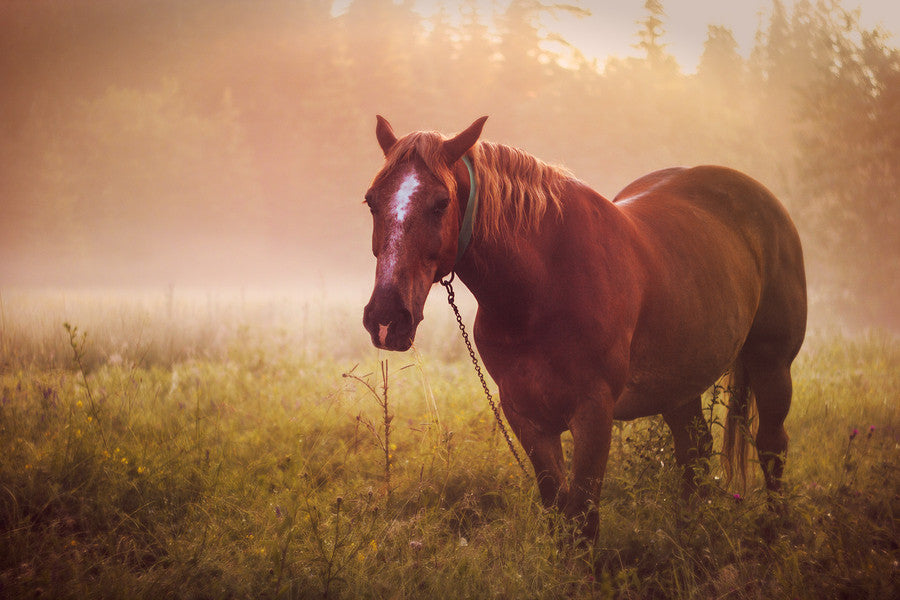shelter pets in need
Each order helps pets in need


Undeniably, horses are beautiful animals, which is one reason some people are attracted to them. Even from a distance, the way a horse moves leaves an impression. Keeping a horse is similar on certain fronts to other pets, in that it needs care and love.
On the other hand, it is different because a horse conducts itself, unlike other animals. No two horses are alike, they are very temperamental animals, and each one comes with a personality.
The same way some individuals are pushy, some quiet, some wild, and others tame is what you get with horses. With the right pick, you can form a lifelong bond with a horse.
A horse is the only type of pet that you can ride. For outdoor lovers, a horse is one way that you can enjoy the environment while exercising. Unlike the gym, you get to exercise while exploring nature with a worthy companion.
Considering the level of intelligence and pride with which a horse conducts itself, people tend to wonder "how big is the brain of a horse is". It is natural to wonder how their brain development goes and how they function too.
There are theories that the weight of the equine brain influences intelligence. A comprehension of the horse's brains anatomy can help you understand horses better.
The Equine Behavioral Health Resource Center (EBHRC) states that the brain of a horse is similar to that of a human child, or the size of a grapefruit.
It weighs between 1½ pounds to 2 pounds; approximately 1/650th of its body weight. Although a human brain is bigger in brain size, some of the functions between the two are quite similar.
Because the brain size to body mass ratio impacts cognitive skills, human brains have a higher thinking capacity. The difference with the brain of the horse is that it focuses on body functions, fine motor skills, muscle coordination, and balance.

Horses are prey, which is why they are born ready to move. All mammalian brains have the cerebellum; the section that controls coordination, perception, and motor movements. To understand how big a horse brain is, let's briefly look at the cerebellum.
The cerebellum (hind brain) of the equine brain is larger than that of a human because it is designed to adapt to predatory environment. It has to learn to survive immediately after birth, and that means being able to coordinate its legs and react to the surroundings.
The Mid Brain is made up of several nerve bundles that are constantly sending and receiving messages to and from the cerebral hemisphere.
The pituitary and pineal glands, the auditory and olfactory bulbs, as well as a large amount of fluid and other material that serves as the brain's equivalent of a shock absorber, are all located within the brain cavity in addition to those main components.
A horse has a reptilian brain. This is the part of the brain responsible for its survival. It is the part that activates flight, fight, and freeze during survival.
When the animal is experiencing these responses, it can't use the brain to learn anything else. It is why you should get an animal in the right state of mind before you teach it anything.
The scientific evidence that horses do have some cognitive abilities contradicts the misconception that the animals are only capable of conditioned responses. Horse brains can form concepts and solve a certain level of cognitive challenges.
When out in the wild, a horse has to deal with the unpredictability of different predators. A domesticated animal has to adapt to the artificial environment and learn to live with humans while remembering the roles of every individual from the parent to the trainer.
Horses have great senses; it is how they are able to navigate through their environments. Because horses don't have the same capacity as humans for deductive reasoning, they rely on their "feelings" and stimuli.
For this reason, they learn by associating gestures and cues with specific actions and behaviors. When an animal hears the squeaking of cart wheels, for instance, he/she knows that its mealtime because the animal has come to link these sounds with hay.
This pet forms these correlations through repetition. It is why trainers use body language repeatedly to teach the animal how to respond.

Just knowing how big is a horse brain is not enough; understand how it influences an animal's behavior. Horses present particular challenges when it comes to handling, but when you understand their thought process, you can adjust your approaches.
Human-centric perceptions can interfere with your horse training because the two mammals don't behave alike. Concepts such as right-brained, which is the dominant use of the survival side of the brain and left-brained- the use of the emotional side of the brain, will help you understand equine behavior.
Your world revolves around your horse and you know it. Know your horse, and you can have fun as its parent. You can get some apparels or gifts from the horse collection section to add sass and class to your horse parenting.
Up Next: Researchers Teach Horses to Communicate with Symbols
Leave a comment